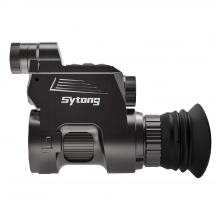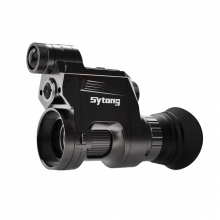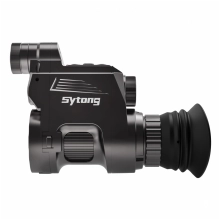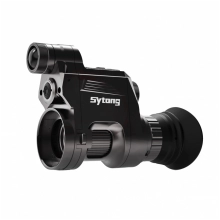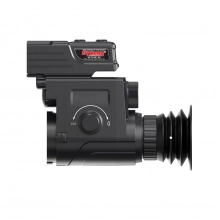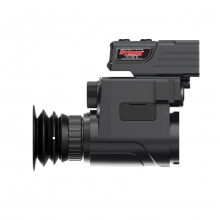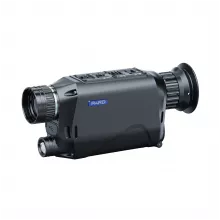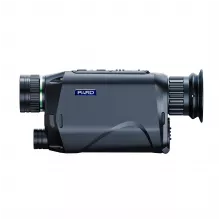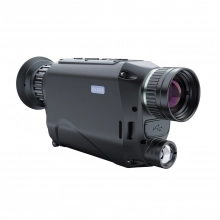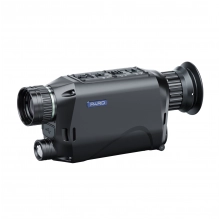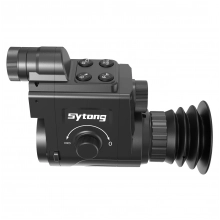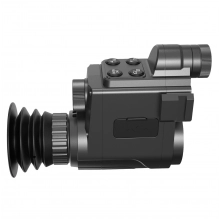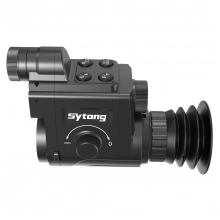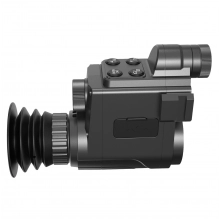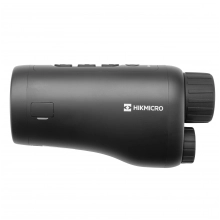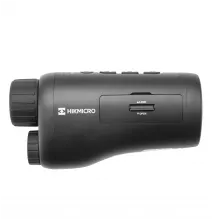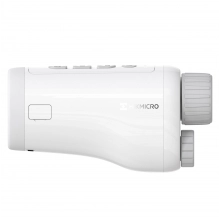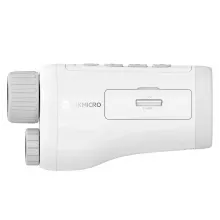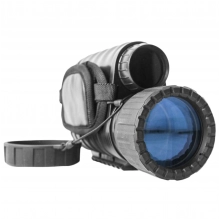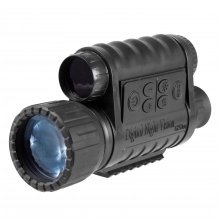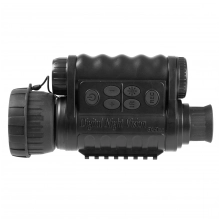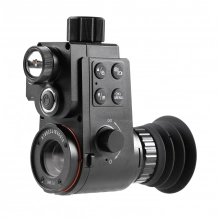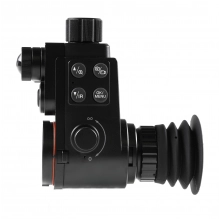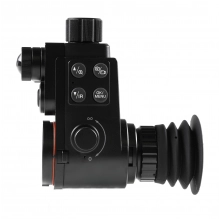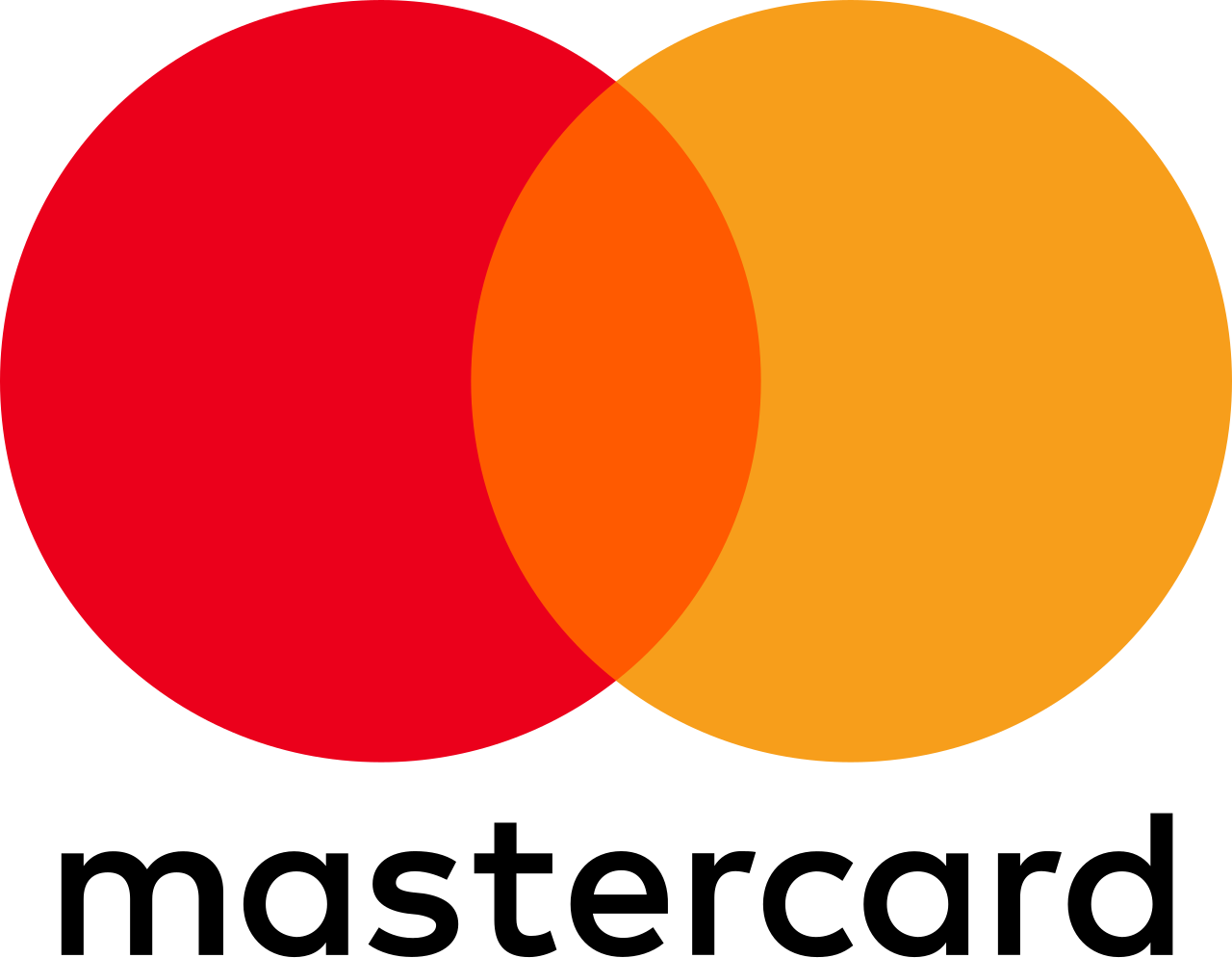Binoculars and monoculars
Binoculars and monoculars
Can't find what you're looking for?
We will help you find what you need!
Leave your number and we'll call you back!
Frequently Asked Questions
1. What is a night vision monocular used for in hunting?
The night vision monocular in hunting is used to observe game and the environment in conditions of limited visibility, such as dusk, night or dense forest. Thanks to residual light amplification or infrared detection technology, it can detect movement and identify animal silhouettes without the need for strong light, reducing the risk of scaring. Recommended models would be the Hawke Endurance ED 8 × 25 monocular or the Vortex Solo 8 × 36 monocular.
2. How does night vision technology work in monoculars?
Night vision technology in monoculars is based on the amplification of residual light (e.g., moonlight) or the detection of infrared radiation. In the first case, photons go to a photocathode, where they are converted into electrons, which are then amplified and transformed back into an image visible on the screen. In the case of digital or thermal imaging technology, the image is created by recording temperature differences or reflected IR light, making it possible to observe even in total darkness. Such models include the Hawke Endurance ED 8 × 25 monocular or the Vortex Solo 8 × 36 monocular.
3. does the night vision monocular require additional IR illumination?
In many situations, a night vision monocular requires an additional IR illuminator, especially in total darkness or in areas without residual light sources. Built-in illuminators have a limited range, so an external illuminator of greater power significantly improves visibility and image quality. Good models incorporating IR displays would be: PARD NV-009 850 nm or PARD TA32 35 mm LRF.
4. what are the differences between generations of night vision?
The differences between generations of night vision primarily relate to image quality, light sensitivity and processing technology. Generation I night vision devices are the simplest and cheapest, offering basic low-light visibility, but with more noise and less range. Subsequent generations - II and III - use advanced light amplifiers and better optical coatings, resulting in clearer, brighter images, longer operating times and the ability to operate in near total darkness without losing image detail.
5. at what distance does a night vision monocular work?
The distance at which a night vision monocular operates depends on a number of factors: the model, generation and technology used (analog and digital), and lighting conditions. Typical monoculars can offer a detection range of 100 to 200 meters in total darkness. More advanced versions can have a range of up to 300-500 meters. The latest designs with digital night vision often additionally offer recording and automatic brightness correction, which improves visibility at longer distances. Recommended models would be, for example, the PARD NV-009 940 nm and the Sytong HT-66 940 nm, which is also an overlay for a spotting scope.
